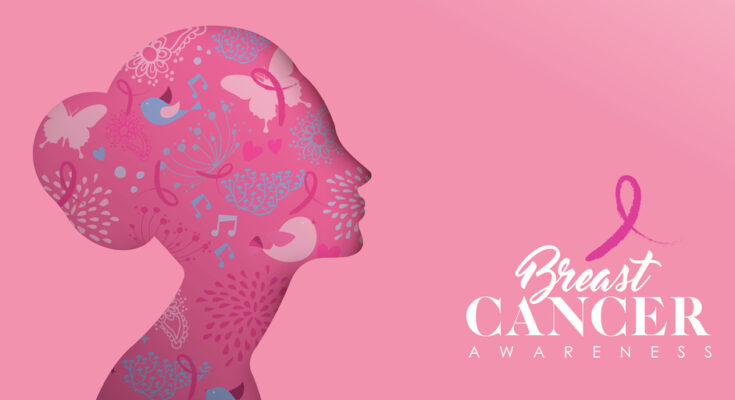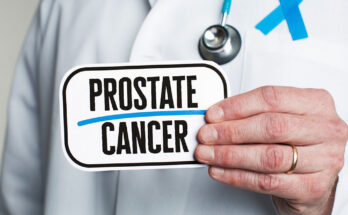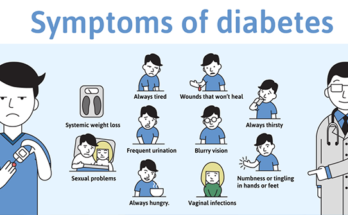Breast cancer is one of the most common cancers affecting women worldwide, but it can also develop in men. This post aims to demystify breast cancer by exploring its types, stages, symptoms, and treatment options. Whether you’re a health enthusiast, a cancer survivor, or a medical professional, this comprehensive guide offers valuable insights into understanding and addressing breast cancer.
What is Breast Cancer?
Breast cancer begins when cells in the breast grow uncontrollably, forming a tumor that can often be felt as a lump or seen on an X-ray. While the exact cause of breast cancer is unknown, several factors, including genetics and lifestyle, can increase risk. Understanding what breast cancer is and how it impacts lives is the first step towards raising awareness and promoting early detection.
Different Types of Breast Cancer
Ductal Carcinoma in Situ (DCIS)
DCIS is a non-invasive type of breast cancer where abnormal cells are found in the lining of a breast duct but haven’t spread to other tissues. Early detection often leads to successful treatment.
Invasive Ductal Carcinoma (IDC)
IDC is the most common type of breast cancer, accounting for about 80% of all cases. It starts in the milk ducts and invades nearby tissue, with the potential to spread to other parts of the body.
Lobular Carcinoma
Lobular carcinoma begins in the milk-producing glands (lobules). It can be either in situ (LCIS), where it hasn’t spread beyond the lobules, or invasive (ILC), where it has the potential to spread.
Triple-Negative Breast Cancer
This aggressive form of breast cancer lacks three typical receptors known to fuel most breast cancers. It is more common in younger women and those with a BRCA1 mutation.
HER2-Positive Breast Cancer
HER2-positive breast cancer has high levels of a protein called human epidermal growth factor receptor 2 (HER2), which promotes cancer cell growth. It tends to grow faster than other types of breast cancer but often responds well to targeted therapies.
Understanding the Stages of Breast Cancer
Stage 0
Stage 0, or DCIS, indicates non-invasive cancer confined to the ducts or lobules. It’s considered highly treatable and often detected through mammograms.
Stage I
Stage I is early-stage invasive cancer where tumor size is up to 2 centimeters and hasn’t spread to lymph nodes or distant sites. Early detection and treatment can lead to successful outcomes.
Stage II
Stage II cancer means the tumor is between 2 and 5 centimeters or has spread to nearby lymph nodes. Treatment is more extensive, but many patients achieve remission.
Stage III
Stage III, or locally advanced cancer, involves larger tumors or significant lymph node involvement. Treatment often includes a combination of surgery, chemotherapy, and radiation.
Stage IV
Stage IV, or metastatic breast cancer, has spread to other organs such as the bones, liver, lungs, or brain. While it’s not curable, treatment can manage symptoms and improve quality of life.
Recognizing Symptoms and Diagnosis
Common Symptoms
Common symptoms include lumps in the breast or underarm, changes in breast size or shape, skin dimpling, nipple discharge, and persistent pain. Early detection through self-exams and regular screenings is crucial.
Importance of Self-Examination
Regular self-examination helps individuals become familiar with their breasts and notice any unusual changes early. While not a substitute for professional screening, it plays a vital role in early detection.
Diagnostic Process
Diagnosis often involves several steps, including:
- Mammogram: An X-ray of the breast to detect abnormalities.
- Ultrasound: Uses sound waves to produce images of breast tissue.
- Biopsy: Involves removing a small sample of breast tissue for examination under a microscope.
Exploring Treatment Options
Surgery
Surgery options include lumpectomy (removing the tumor) and mastectomy (removing the entire breast). The choice depends on tumor size, location, and patient preference.
Chemotherapy
Chemotherapy uses drugs to kill cancer cells or stop them from growing. It can be administered before (neoadjuvant) or after (adjuvant) surgery, depending on the case.
Radiation Therapy
Radiation therapy uses high-energy rays to target and kill cancer cells. It’s often used after surgery to eliminate any remaining cancer cells.
Targeted Therapy
Targeted therapy focuses on specific molecules involved in cancer growth, such as HER2. Drugs like trastuzumab (Herceptin) have shown success in treating HER2-positive breast cancer.
Emerging Therapies
Innovations like immunotherapy and personalized medicine are paving the way for more effective treatments, offering hope to many patients.
Support and Recovery
Building a Support Network
Support from family, friends, and support groups can significantly impact a patient’s emotional well-being. Many organizations offer resources and counseling services.
Lifestyle Changes
Maintaining a healthy lifestyle through balanced nutrition, regular exercise, and stress management can aid recovery and improve overall health.
Mental Health Support
Mental health is as important as physical health. Professional counseling and mindfulness practices can help patients and their families cope with the emotional challenges of cancer.
Conclusion
Breast cancer is a complex disease, but understanding its types, stages, symptoms, and treatments can empower those affected to take control of their health. Awareness, early detection, and ongoing research are crucial in the fight against breast cancer.
If you’d like to learn more or need personalized support, consider reaching out to healthcare professionals or support organizations dedicated to breast cancer care.
Together, we can make a difference in the lives of those affected by breast cancer.



